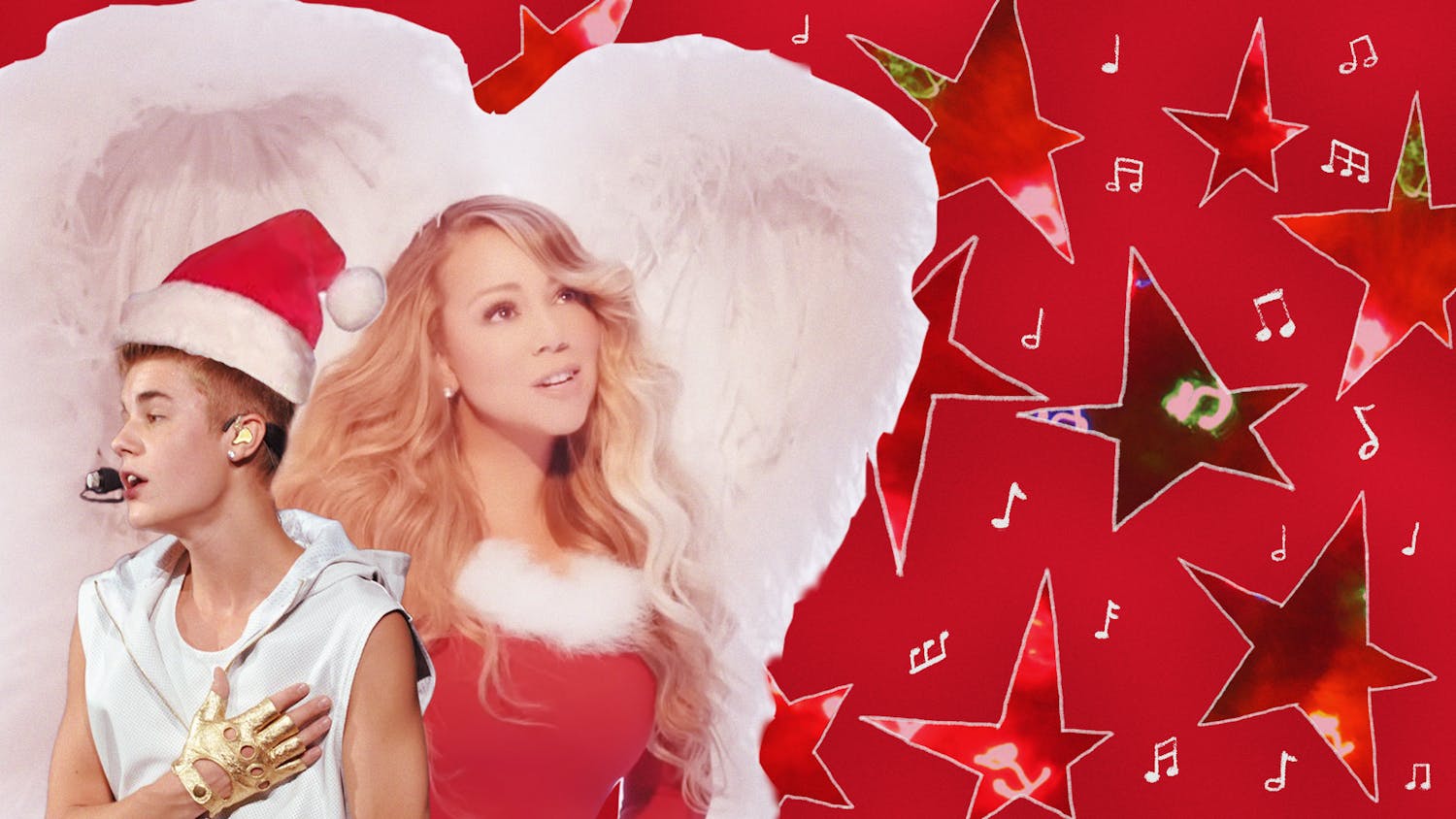Let’s take a trip down memory lane, back to 2014: The ALS Ice Bucket Challenge had everyone pouring ice–cold water on themselves, Kim and Kanye had just tied the knot, “Let It Go” was stuck in our heads, and The Fault in Our Stars was making us all tear up. And if you were the I’m–not–like–the–other–girls kind of girl (like me), Tumblr was the pinnacle of your 2014.
The Tumblr era is undoubtedly one of the most iconic ages in social media history. With a feed full of "artsy" black–and–white Lana Del Rey stills, grunge–y pictures of girls in dark outfits with cigarettes in their hands, and profound quotes like “S(he) Be(lie)ve(d),” 2014 Tumblr created a generation of sad girls. The sad girl was inherently tortured, distressed by the implications of what it means to be a woman in a patriarchal world; she was part of a full, complex aesthetic that romanticized melancholy by translating girls’ sadness and rage into things of beauty and art.
Today, with the rise of the femcel, i.e. the female incel (involuntary celibates), it is clear that the legacy of 2014 Tumblr is very much alive. Unlike their male counterparts, who resent women for not having sex with them, femcels are a community of women who are unable to form romantic or sexual relationships due to intense misogyny and impossible beauty standards.
On TikTok, the femcel tag has grown to represent the female manipulator: women who aspire to get back at men for all that they put women through. TikTok femcels romanticize the female toxicity aesthetic, idolizing the woman wronged as they rant about how Sylvia Plath’s The Bell Jar is written about them and ramble on about how Fleabag is the best TV show of all time. These women, much like the Lana Del Rey Lolita days of Tumblr, have found icons they relate to thematically, and have turned them into gods. Pain has become hot and toxicity fetishized.
In a world of women who are chronically online, it’s become typical for them to describe themselves with an aesthetic—some are so femcel–core, some embrace their cottage–core identity, and some aspire to have their lives as perfect as "that girl." On the surface, these aesthetics involve artistic, tasteful, and carefully curated posts, yet on a deeper level, they are often a front for some kind of mental illness. Romanticizing an aesthetic may lead to a normalization of behaviors and thoughts that definitely aren’t normal. The "sad girl" aesthetic, for example, idealizes depression by making tragedy desirable, while TikTok's "that girls" typically have some sort of underlying, undiagnosed eating disorder or, at the very least, show disordered eating patterns. As Rayne Fisher–Quann describes in their essay, “standing on the shoulders of complex female characters,” these aesthetics often act as a way to “chicly signal one’s mental illnesses to the public.”
Women’s glorification of aesthetics allows them to draw attention away from the real, serious problem. Mental health issues go unchecked and might even get exacerbated by the influx of other posts also secretly idolizing mental health struggles.
In the case of TikTok femcels, an affinity to the female manipulator trope can harm these women in countless ways: It can normalize manipulation in relationships and prevent women from healing from past traumas, making them stuck in a cycle of toxicity. Usually, TikTok femcels use the femcel label to be ironic, but where is the line between irony and reality? As Shanspeare discusses in their YouTube video essay, does the constant ironic use of the femcel label eventually lead to it having a real, serious meaning? Take the word "slay," for instance: A lot of us started saying it as a joke, but now we have to physically stop ourselves from responding to every sentence with it. Will the ironic use of femcelcore (or any other aesthetic) disguising real and serious struggles gradually become fact?
So, the question remains: Is the fetishization of the TikTok femcel culture detrimental to the mental health of those partaking in it? What are the repercussions of a new generation of young girls actively trying to view themselves as tragically but beautifully "broken," just to become part of the aesthetic? Many of us have still not recovered from all the problems of the decade–old Tumblr aesthetic, with its glorification of eating disorders and depression, among others—perhaps the TikTok femcel culture is molding another era of young women like us, fueling their anxiety and setting the stage for numerous mental health issues to worsen.







